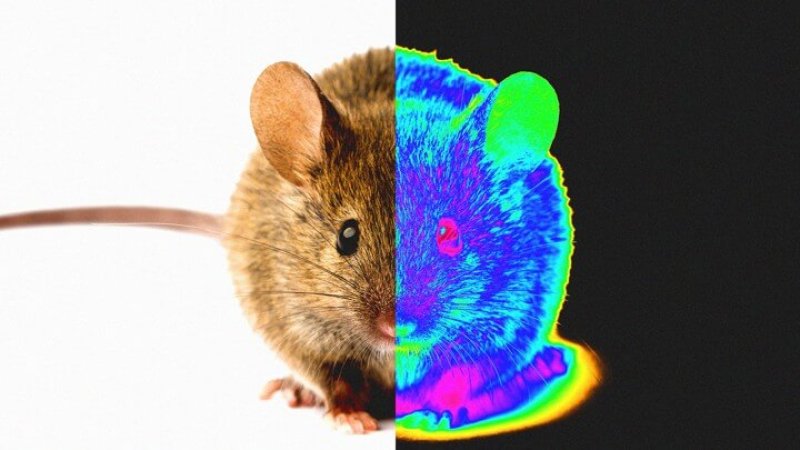A series of tests showed that the mice were indeed seeing infrared light, and not some other stimuli. The researchers say the human eye is not too dissimilar from those of mice, leading to the fantastic prospect of applying a similar technique to humans.
…
Objects in the world, whether they’re people or a piping hot bowl of soup or evenly something as seemingly cold as an ice cube, emit infrared radiation as they give off heat. Mammals like humans and mice cannot see NIR, but we have technologies, namely night-vision or heat-vision goggles, that can convert this otherwise invisible spectrum into a format we can see.
…
I can already imagine the television commercials: “Ask your doctor if near-infrared vision is right for you.”
Read full, original post: Incredible Experiment Gives Infrared Vision to Mice—and Humans Could Be Next
































